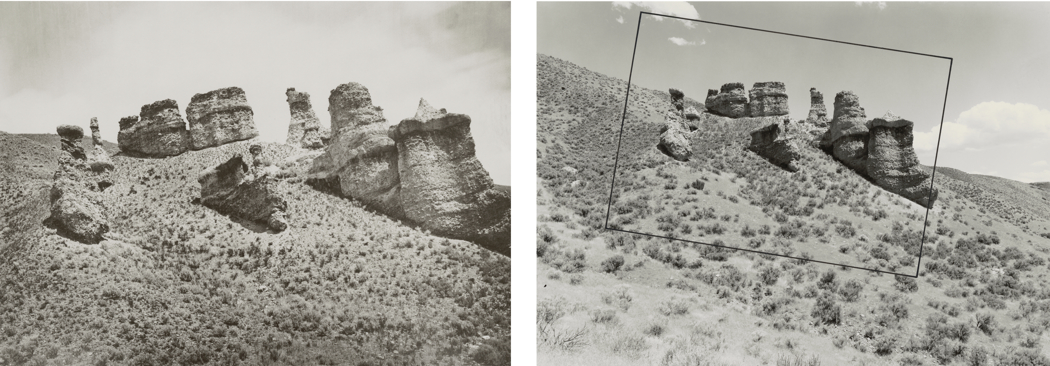Rephotography and Evolving Views of the Dynamic Western U.S. Landscape

When
Where
This talk will explore the ways in which rephotography has illuminated geologic debates, including uniformitarianism (slow and steady change) versus catastrophism (the predominance of sudden extreme changes) in landscape evolution. Professor Pelletier will discuss the ways in which Mark Klett and his collaborators use rephotography to illuminate the ways 19th-century photographers of the western U.S. framed their images to advocate particular geologic viewpoints. The uniformitarian vs. catastrophic debate continues in modified form to this day. He will also discuss the ways that landscape change is quantified by modern geoscientists and the debates regarding the relative importance of small, common versus large, rare events that can result from differing interpretations of existing data.
Jon D. Pelletier is a Professor of Geosciences at The University of Arizona. His specialty is geomorphology, the study of the landforms such as river valleys and sand dunes. His work involves computer modeling of water and air flow over landscapes and the resulting sediment transport and topographic change that give rise to some of the startling beauty of the natural world. His love of art came from his father, who took him to the Museum of Fine Arts, Boston, for adult conversations about art beginning at a young age. In his work he seeks to combine a scientific understanding of geologic processes with an artistic appreciation for the beauty of nature.

